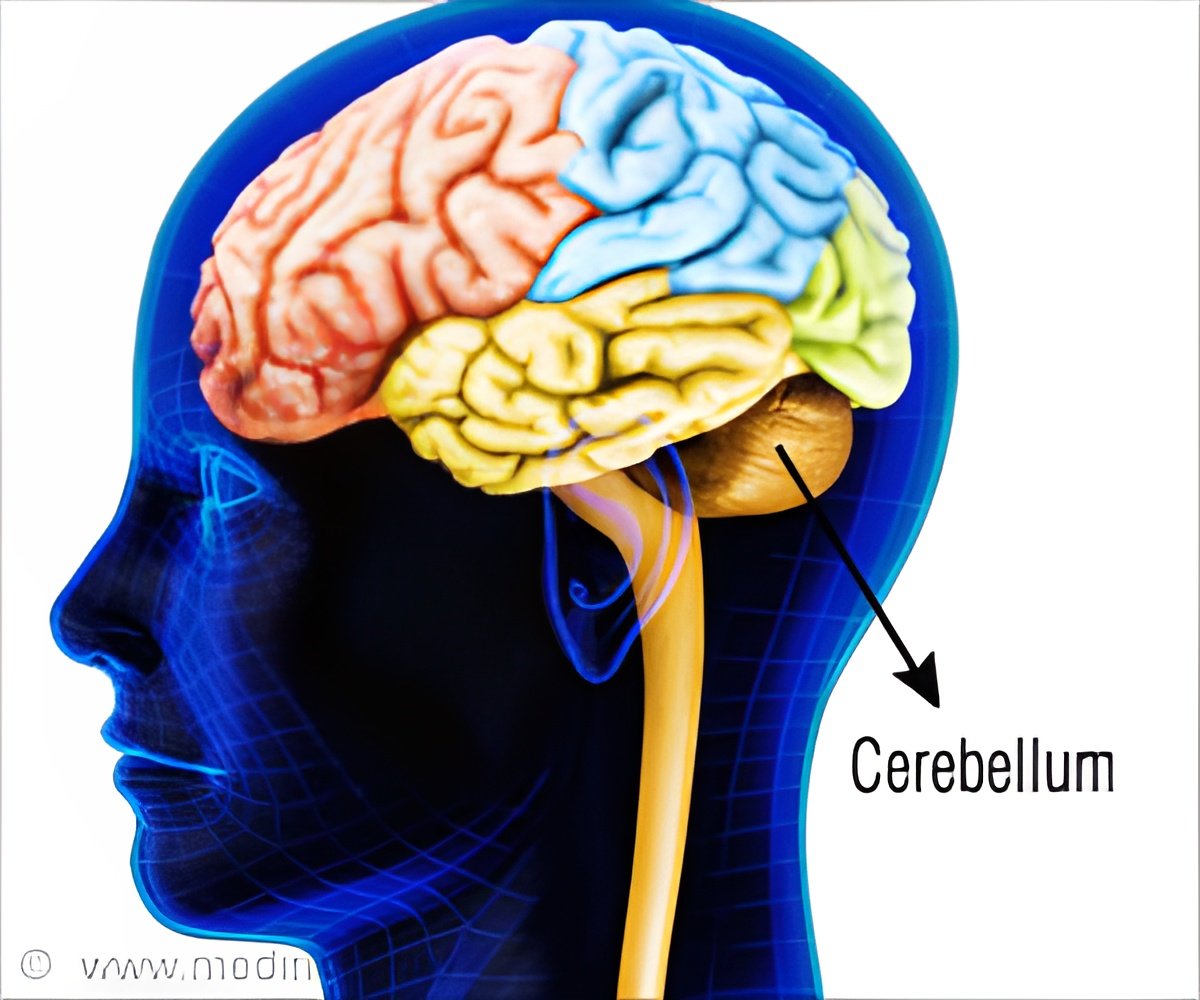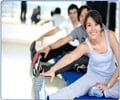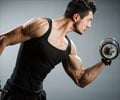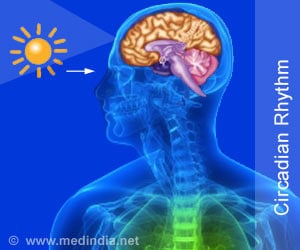Connection between childhood neuromuscular fitness and cerebellar grey matter volume in adolescents has been unveiled by a recent study.

Associations between physical fitness and cerebellar gray matter volume in adolescents
Go to source). Despite the importance of the developing cerebellum on cognition and learning, the associations between physical fitness and cerebellar volume in adolescents have remained unclear.
‘Adolescents with superior neuromuscular fitness since childhood exhibit larger Crus I grey matter volume, thereby providing a cognitive link between physical fitness and grey matter volume of cerebellar lobules.
#physicalfitness, #childhood, #cerebellum, #neuromuscularfitness
’





This study examined the associations of physical fitness with grey matter volume of cerebellar lobules related to cognition in adolescents, and whether these associations differed between females and males. Those adolescents with better neuromuscular fitness since childhood had larger Crus I grey matter volume. However, adolescents with better cardiorespiratory fitness had smaller total cerebellar grey matter volume.
Moreover, males with better neuromuscular fitness since childhood had smaller Crus II grey matter volume.
Link Between Body and Brain
“Our study highlights the importance of physical activity through childhood and adolescence, leading to better physical fitness, as it might be relevant to cerebellar volumes related to cognition and learning. However, the associations we observed are in part contradictory,” says Doctoral Researcher Petri Jalanko from the Faculty of Sport and Health Sciences at the University of Jyväskylä.“The study sheds light on the associations between physical fitness and the cerebellum. Future randomized controlled trials utilizing direct cardiorespiratory fitness measurements and novel brain imaging to assess a larger population and both sexes separately are needed to better understand the associations and causality between physical fitness and cerebellar volumes in adolescents,” Jalanko says.
The findings are from the FitBrain study, which included 40 participants from the 8-year follow-up examinations of the Physical Activity and Nutrition in Children (PANIC) study.
Advertisement
Cardiorespiratory fitness was assessed by maximal ramp test on a cycle ergometer, muscular strength with standing long jump, speed-agility with the 10 x 5 m shuttle-run test, coordination with the Box and Block Test, and neuromuscular fitness as the sum of standing long jump, Box and Block Test and shuttle-run test z-scores.
Advertisement
Reference:
- Associations between physical fitness and cerebellar gray matter volume in adolescents - (https://onlinelibrary.wiley.com/doi/10.1111/sms.14513)
Source-Eurekalert















